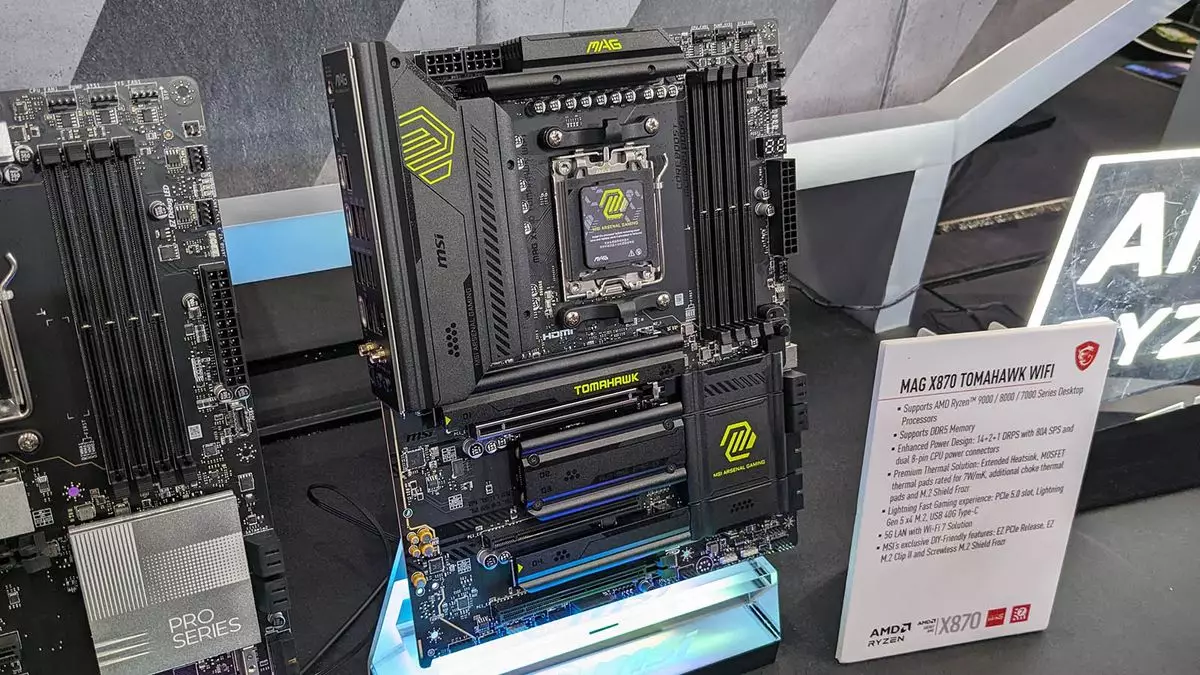During Gamescom 2024, MSI unveiled its latest motherboard range, the X870 and X870E. One interesting addition to these boards caught the attention of visitors at the event. All of these motherboards featured an 8-pin PCIe power connector located at the bottom of the boards. The question arises, why has MSI included this feature?
According to reports from Cowcotland, these power connectors have been added to handle the demands of the upcoming Nvidia and AMD graphics cards. This suggests that the next generation of graphics cards are likely to consume significant amounts of power. Given that these cards may be released in the near future, MSI seems to be prepared for their power requirements.
It is worth noting that secondary power connectors are not a common feature in mainstream motherboards. Typically, they are found in high-end or overclocking-focused motherboards. These connectors are designed to provide additional power to high-power graphics cards. Therefore, the inclusion of these connectors in more mainstream options is a noteworthy and interesting move by MSI.
A standard PCIe x16 slot can deliver up to 75W of power. By adding an additional 150W from an 8-pin connector, the total power from the motherboard alone can reach 225W. Furthermore, if you include up to 600W from a 12V-2×6 or 12VHPWR connector, the total power output could potentially exceed 800W. While this may be necessary for flagship tier cards like an RTX 5090, it also proves beneficial for scenarios involving multiple less demanding cards for tasks such as productivity or AI workloads.
The trend of increasing power consumption and TDPs (Thermal Design Power) of flagship graphics cards is evident in the market. For instance, a card like the RTX 4090 can draw up to 450W of power, with even higher consumption for overclocked models. Looking ahead, it is highly likely that Nvidia’s next-generation GPUs will exceed these power requirements. A TDP of over 500W for a standard RTX 5090 is a realistic projection based on historical data.
While MSI has taken a proactive approach by including 8-pin connectors in their motherboard range, other manufacturers have not followed suit across their products. It raises the question of whether MSI is simply being cautious or if upcoming GPUs truly demand such high power headroom. The inclusion of the additional connector in enthusiast boards like the Asus Crosshair X870E Hero sets a precedent for the industry.
As Intel’s Z890 boards are set to debut soon, it will be intriguing to see if more motherboard manufacturers adopt the inclusion of additional power connectors. The evolving landscape of GPU technology and power requirements will continue to shape the design and features of motherboards in the future. Stay informed about the latest developments in the tech industry and be prepared for the advancements that lie ahead.


Leave a Reply